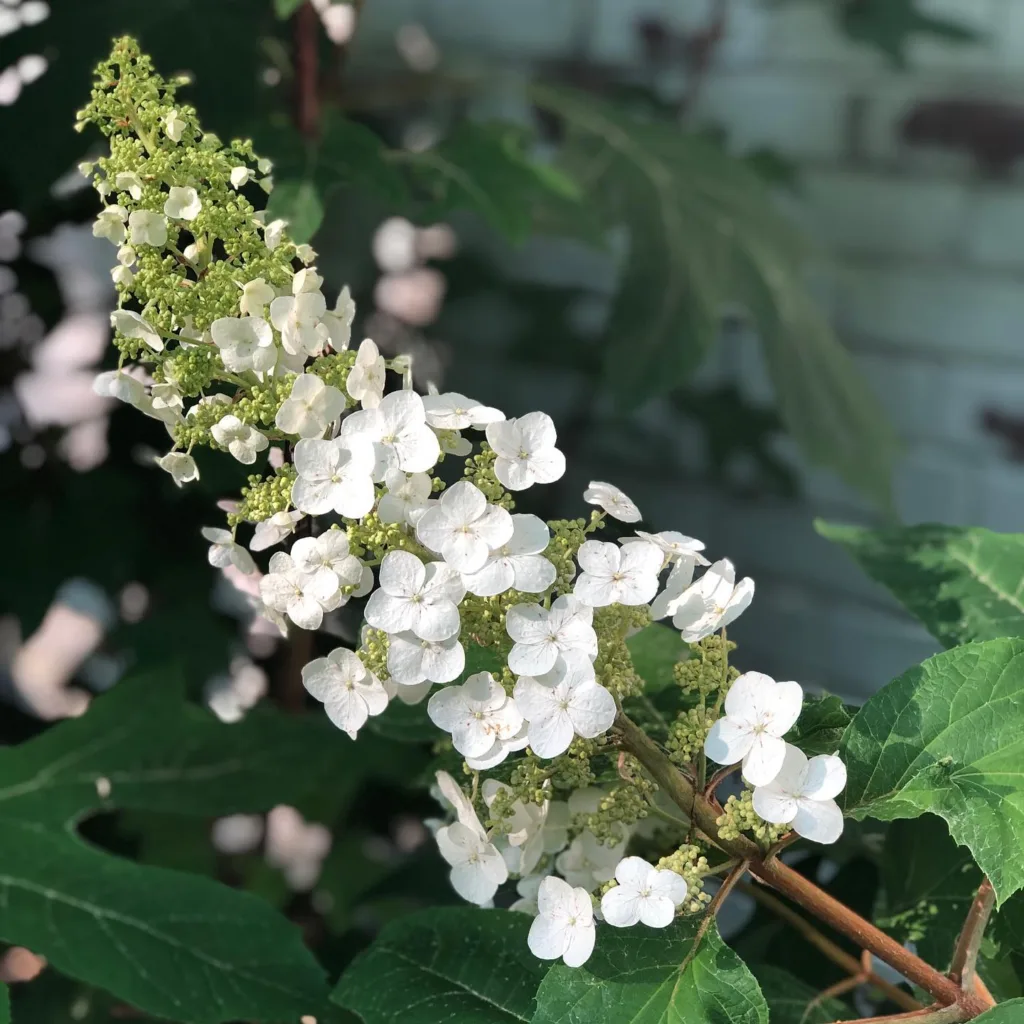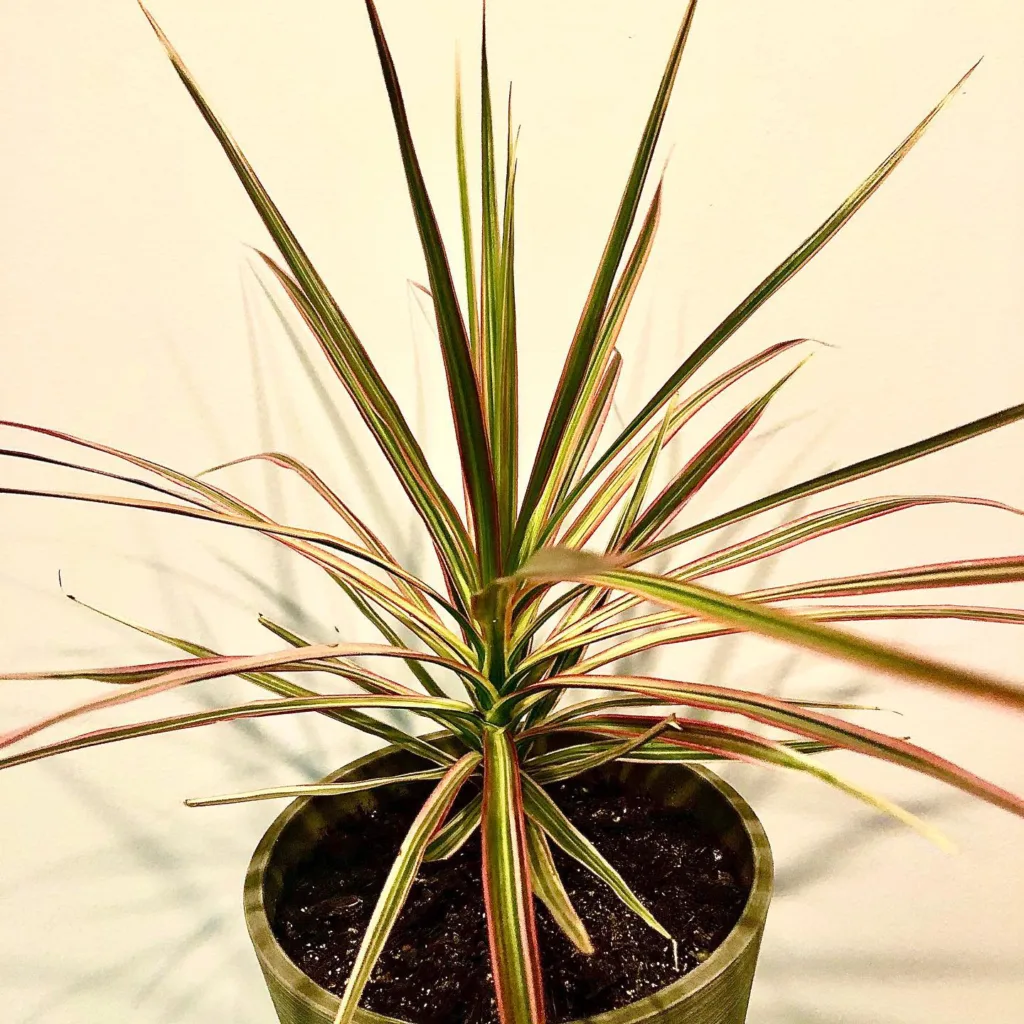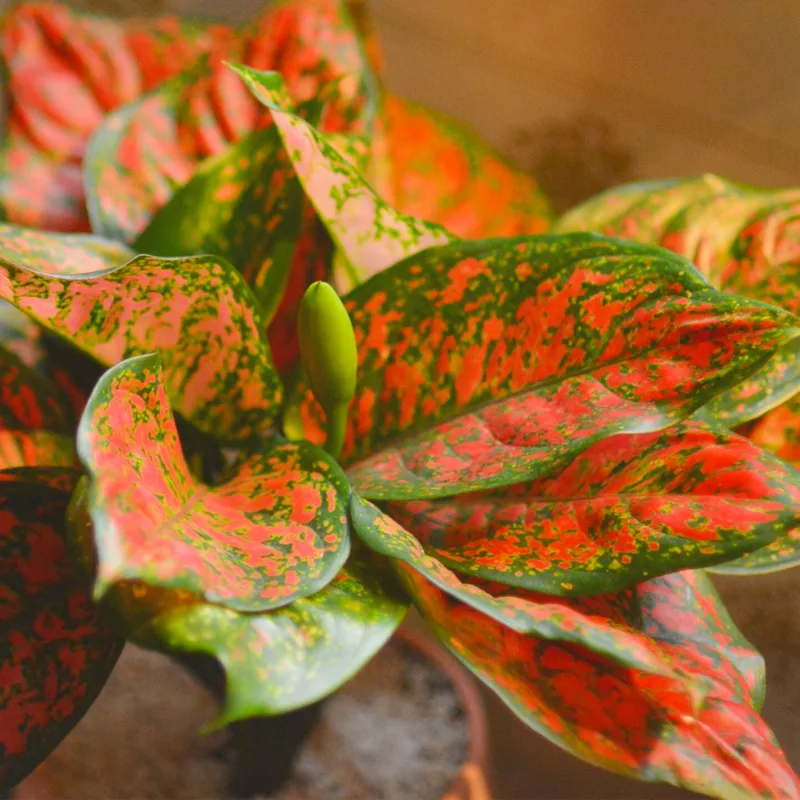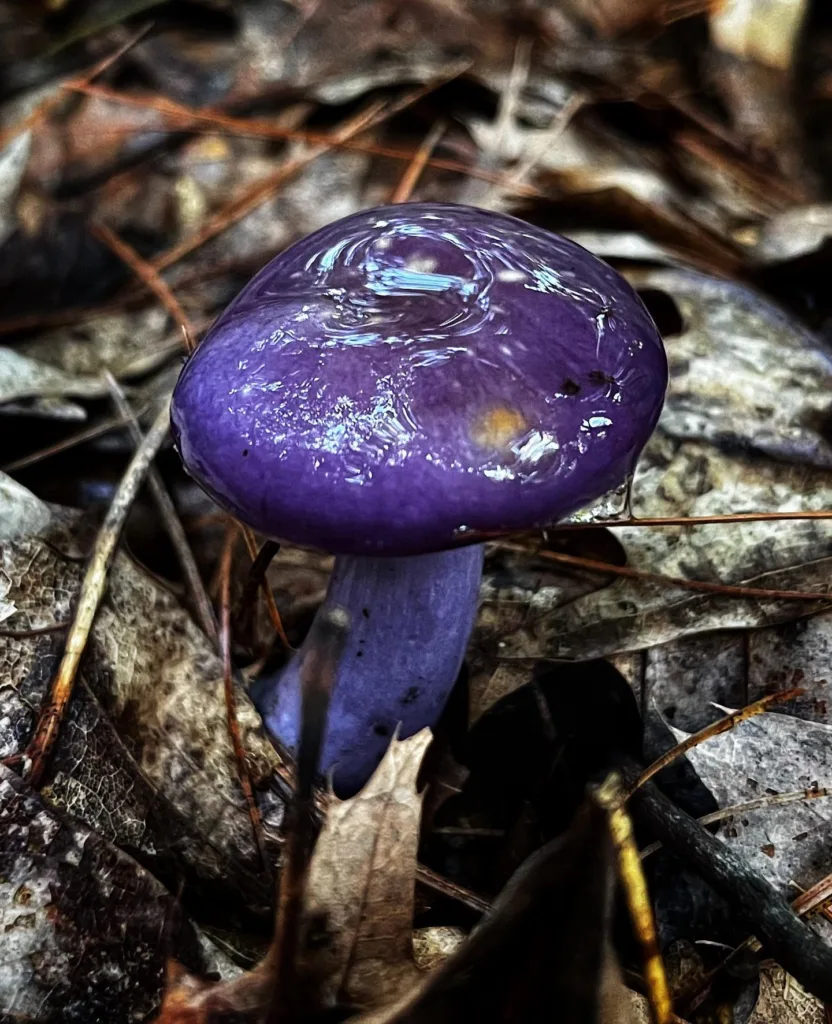Exploring the Symplocaceae Family: A Deep Dive into Symplocos
As a plant enthusiast, I’ve always been fascinated by the diverse families within the plant kingdom. One that particularly intrigues me is the Symplocaceae family, with the Symplocos genus only. This family is not just a collection of plants; it tells a story of adaptation, beauty, and ecological importance. In this article, I will share my insights and experiences with Symplocos and why I believe it deserves more attention.
Understanding the Symplocaceae Family
The Symplocaceae family comprises several genera, but Symplocos stands out due to its unique characteristics and ecological roles. This family is primarily found in tropical and subtropical regions, showcasing a remarkable adaptability to various environments. From my observations, Symplocos species thrive in forested areas, often in moist, well-drained soils.
Symplocaceae members are primarily evergreen shrubs or trees, making them visually appealing additions to any landscape. Their leaves are usually leathery and can vary in size and shape, which adds to their ornamental value. I’ve often appreciated how these plants can create a lush, green backdrop in gardens or natural settings.
The Genera of Symplocaceae
While the family consists of several genera, the Symplocos genus holds a special place in my heart. This genus includes around 400 species, each with distinct traits and adaptations. For example, Symplocos paniculata is known for its fragrant flowers and vibrant foliage, making it a favorite among gardeners and nature lovers.
In my experience, Symplocos tinctoria—commonly known as sweetleaf or yellowwood—has been particularly interesting. The leaves of this species are edible and have a sweet flavor, which has led to its use in traditional herbal medicine. It’s amazing to think how a simple plant can hold such value in both culinary and medicinal applications.
Habitat and Distribution
The habitat of Symplocos species is diverse, ranging from rainforests to mountainous regions. I have noticed that these plants often grow in shaded areas, highlighting their preference for partial to full shade. This adaptability makes them suitable for various landscaping scenarios, especially in shaded gardens or under larger trees.
When I visited a tropical rainforest, I was captivated by the sight of Symplocos trees standing tall amidst the lush greenery. Their resilience in such environments speaks volumes about their ecological role. These plants not only provide shelter for wildlife but also contribute to the overall biodiversity of their habitats.
Ecological Importance
One of the most rewarding aspects of studying the Symplocaceae family is understanding its ecological significance. Symplocos species serve as important food sources for various animals, including birds and insects. Their flowers attract pollinators, playing a crucial role in the ecosystem’s balance. I’ve seen firsthand how bees and butterflies are drawn to the blossoms, making these plants vital for sustaining local wildlife.
Moreover, Symplocos plants have been observed to improve soil quality. Their deep root systems help prevent erosion and promote soil stability. I find it inspiring how a single genus can contribute so significantly to its environment.
Cultivation and Care
For those interested in cultivating Symplocos, I recommend starting with Symplocos paniculata. It’s relatively easy to care for and can adapt to a range of soil types. I usually plant it in well-drained soil and ensure it receives partial shade. Regular watering during dry spells keeps the plant healthy and vibrant.
When it comes to propagation, I’ve had success with softwood cuttings. Taking cuttings in late spring or early summer allows for a higher success rate. I also find that using a rooting hormone encourages faster root development, leading to stronger plants.
Conclusion
In conclusion, the Symplocaceae family, particularly the Symplocos genus, is a treasure trove of ecological beauty and significance. From their unique adaptations to their crucial role in ecosystems, these plants deserve more recognition. I encourage fellow plant enthusiasts and gardeners to explore this fascinating family and consider adding Symplocos to their collections.
Whether you appreciate them for their ornamental value or their ecological importance, Symplocos plants offer something for everyone. As I continue to learn more about this genus, I find myself increasingly captivated by its complexities and contributions to the natural world. So, the next time you’re in a garden center or exploring a forest, take a moment to appreciate the beauty and significance of Symplocaceae. You might find a new favorite plant in the process!
If i die, water my plants!



